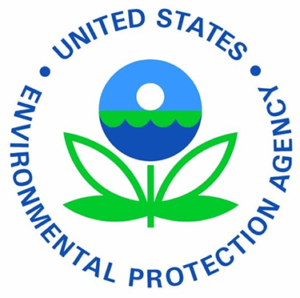EPA Announces Draft Fifth Contaminant Candidate List (CCL5)
 Earlier today (7/12), EPA announced the Draft Fifth Contaminant Candidate List (CCL5), which provides the latest list of drinking water contaminants that are known or anticipated to occur in public water systems and are not currently subject to EPA drinking water regulations. As required by the SDWA, EPA’s Draft CCL5 identifies priority contaminants to consider for potential regulation.
Earlier today (7/12), EPA announced the Draft Fifth Contaminant Candidate List (CCL5), which provides the latest list of drinking water contaminants that are known or anticipated to occur in public water systems and are not currently subject to EPA drinking water regulations. As required by the SDWA, EPA’s Draft CCL5 identifies priority contaminants to consider for potential regulation.
The Draft CCL5 includes 66 individual chemicals,12 microbes, and three chemical groups – per- and polyfluoroalkyl substances (PFAS), cyanotoxins, and disinfection byproducts (DBPs). It should be noted that this is a small number than past CCLs, which ASDWA has recommended in previous comments. These contaminants have been identified as agency priorities and contaminants of concern for drinking water. PFAS are proposed as a group, with the exception of PFOA and PFOS because the agency is moving forward with national primary drinking water standards for these two contaminants. It should also be noted that this statement doesn’t make it clear whether EPA is going to only regulated PFOA and PFOS in the near future or whether this provides the Agency the flexibility to move forward with regulating a larger number of PFAS.
The development of the draft CCL5 included new approaches to rapidly screen a significantly larger number of contaminants, prioritizing data most relevant to drinking water exposure and the potential for the greatest public health concern, and better consideration for sensitive populations and children. EPA intends to continue to collect data and to encourage further research on the listed contaminants to better understand potential health effects from drinking water exposure before making any regulatory determinations.
There is 60-day public comment period for the Draft CCL5, and clock starts when this notice is published in the Federal Register, which is likely in 1-2 weeks. EPA plans to consult with the Science Advisory Board (SAB) on the Draft CCL5 in the fall of 2021. The agency will consider public comments and SAB feedback in developing the Final CCL 5, which is expected to be published in July 2022. After a final CCL is published, the agency will undertake a separate regulatory determination process to determine whether or not to regulate contaminants from the CCL, i.e., the fifth Regulatory Determination (RegDet).

